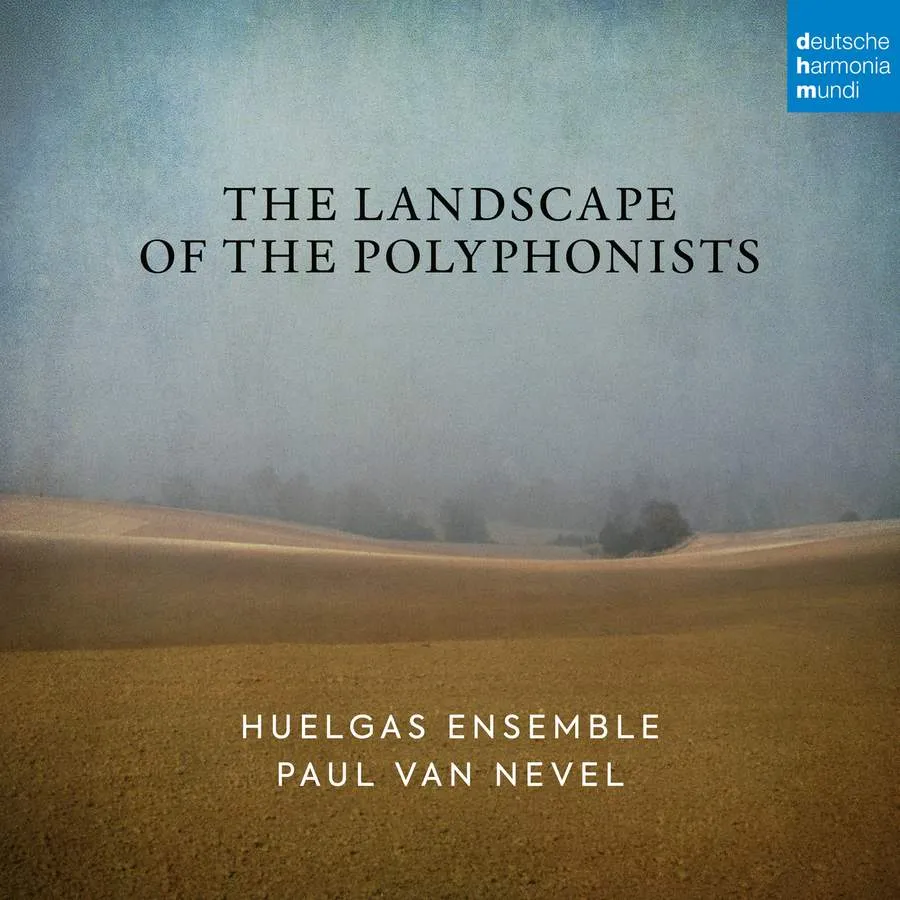
The Landscape of the Polyphonists Works by Févin, Gombert, Josquin, Ockeghem et al Huelgas Ensemble/Paul van Nevel DHM 19439955002 70:42 mins (2 discs)
Paul van Nevel has been recording medieval music since 1971. This, his latest project, seems to have two purposes: to give a potted account of the development of Franco-Flemish polyphony c1400-c1550, and to show how the landscape of the local areas from which the composers came is embodied in their music.
The earliest composer here is Johannes Hasprois, who died c1428. His ‘Ma douce amour’ is an intricate work and the resonant acoustic does not help the texture, nor does the slightly lax approach to rhythm. The group is more at home in later pieces such as l’Héritier’s motet ‘Locutus est Dominus’ (c1552) the clamorous sounds of which they bring to a captivating conclusion.
The landscape angle is slightly odd. We are not talking here about how the sounds of a landscape might be replicated (babbling brooks, birdsong etc), or its musical associations quoted (folksong etc), or even how a composer’s emotional attachment might be expressed. Rather (according to van Nevel) the landscape itself replicates ‘the spirit of its culture in a powerful way’. Hence Baston’s ‘Ung souvenir’ embodies ‘misty Artois’ (though the lines are sung with great clarity), Gombert’s ‘O malheureuse journée’ reflects the desolation of the Lele Valley (though it is performed rather stolidly), and Ockeghem’s Sanctus is actually modeled in part on a work by Dufay who grew up elsewhere. Luckily some real landscaping can be heard in Hesdin’s motet ‘Parasti’ where the performers shape the form and contour the dynamics splendidly.
Anthony Pryer
More reviews